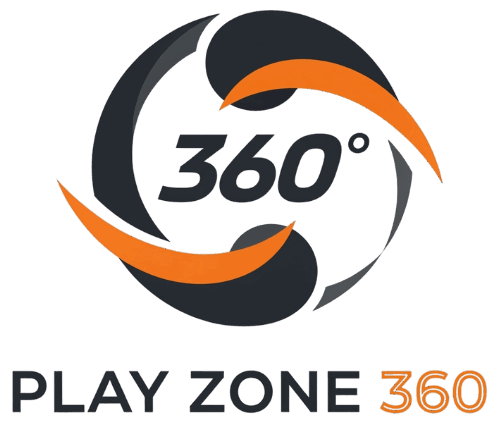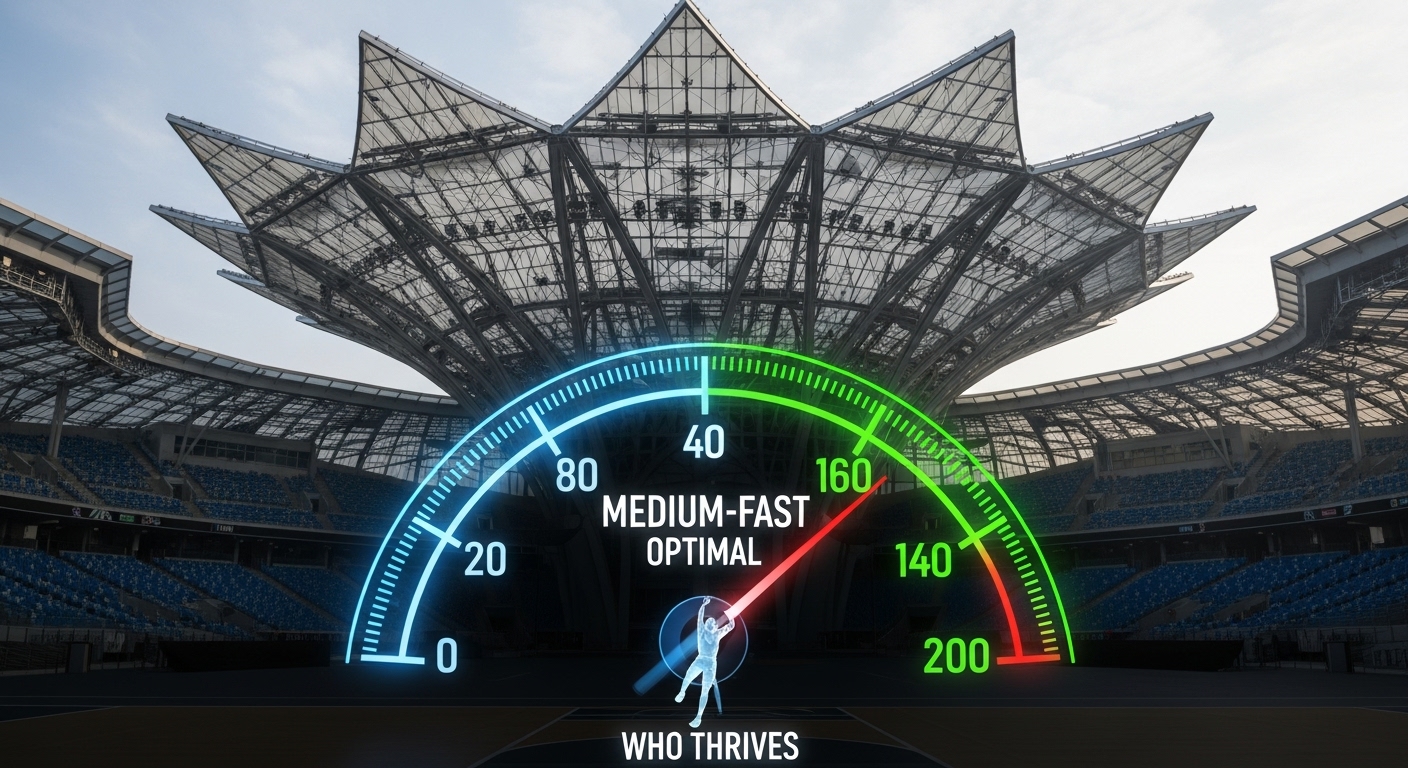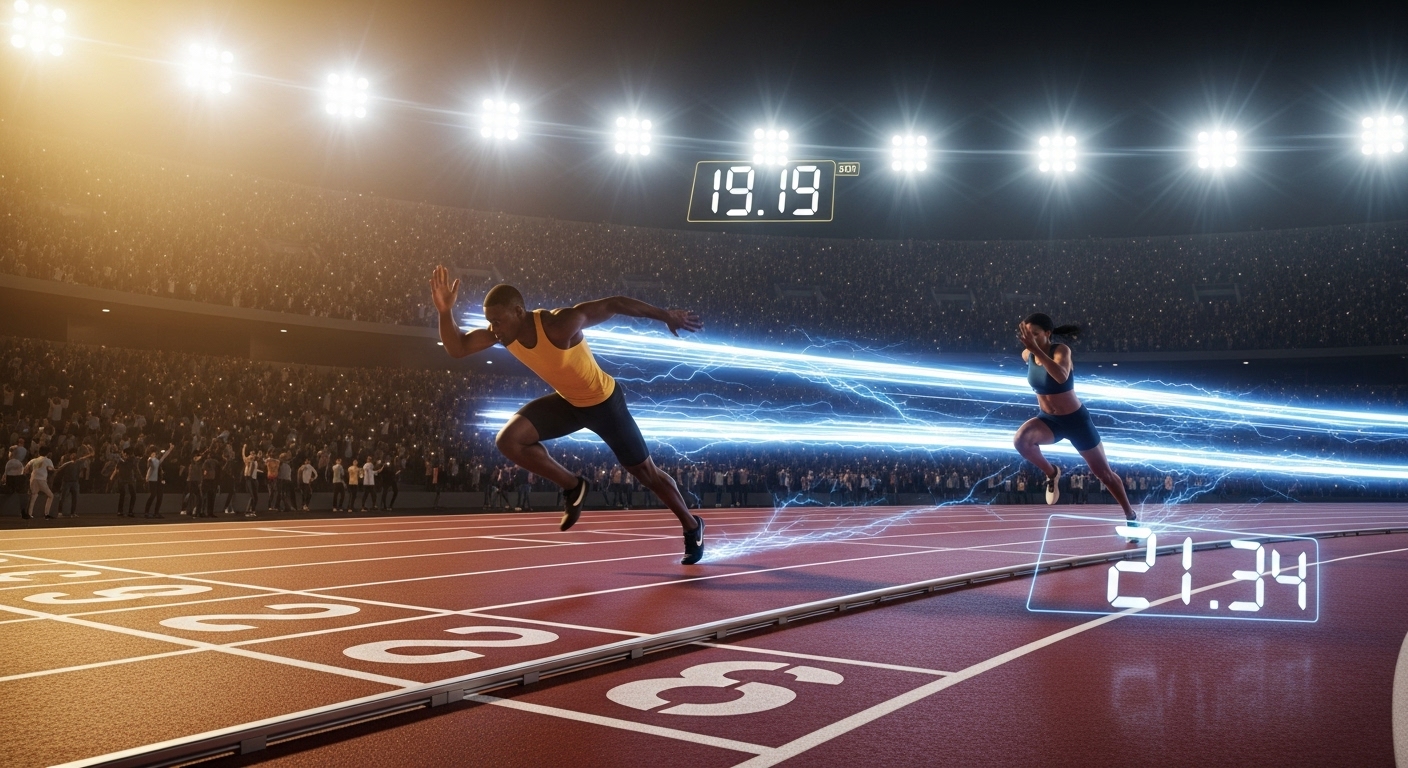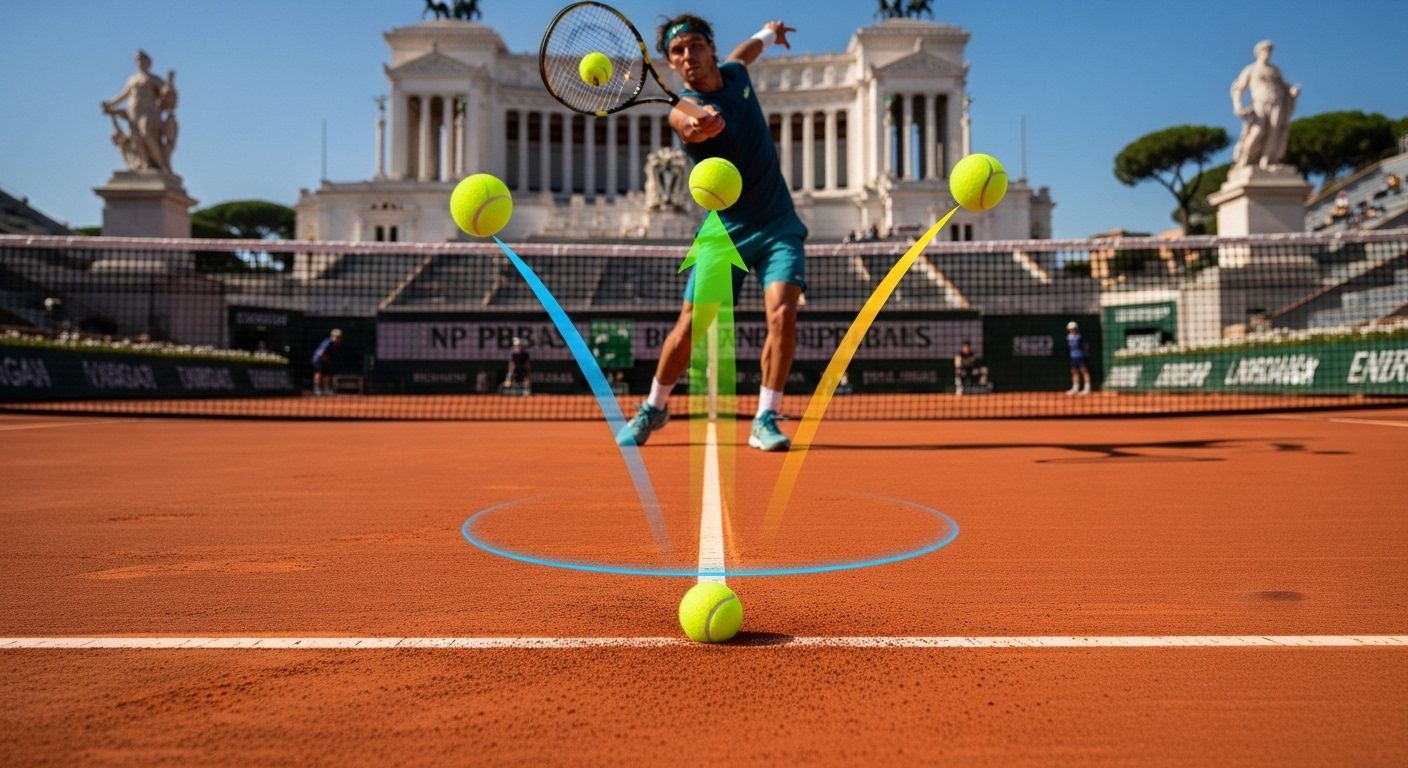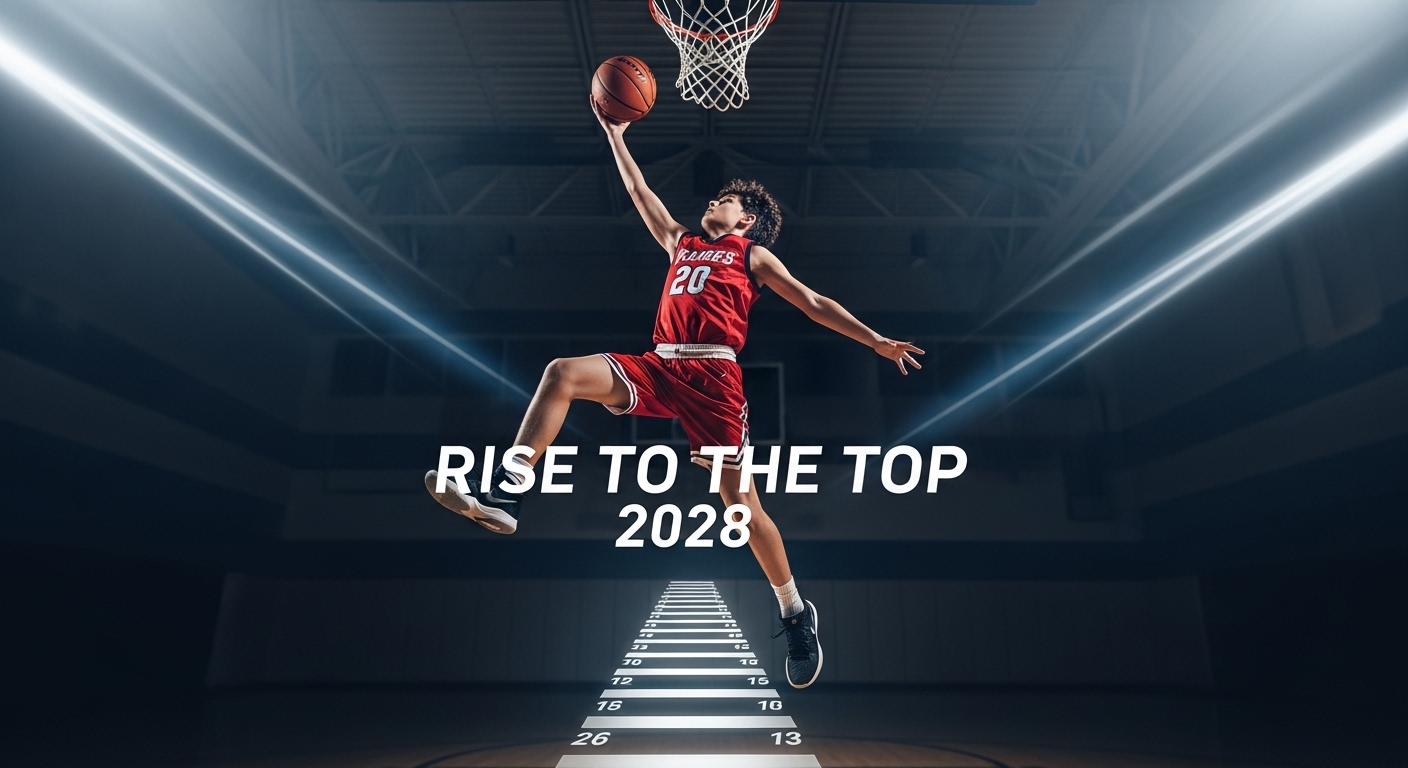I’ve covered the shanghai open for over a decade. From the sticky October air to the quick hard courts at Qizhong, I know its mood swings. My fast take: it’s an ATP Masters-level stop in the Asian swing where aggressive baseliners and elite returners feast. And yes, I’ve sat through rain delays, late night tiebreaks, and one truly cursed taxi ride.
The fast take (so you can sound smart)
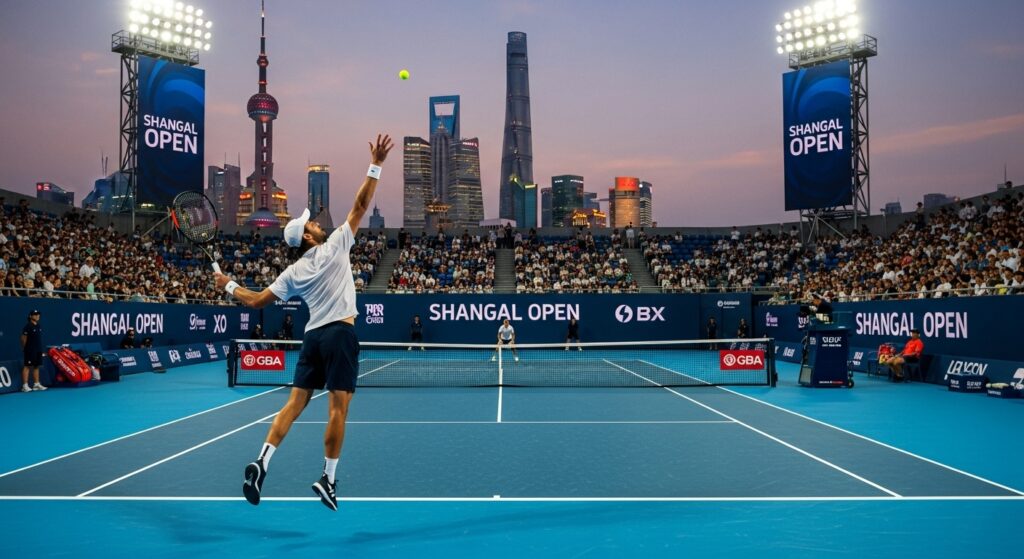
- Surface: Medium-fast hard court. Low-ish skid, clean bounce.
- Style edge: First-strike players and clever returners. Big servers help, but they don’t own it.
- Weather: Humid, sometimes windy. Night sessions can slow the ball a touch.
- Ball behavior: Fresh balls pop. After 5–7 games, they fluff and the court “grips.”
- Match rhythm: Lots of short points spiked with the odd 20-ball rally that turns into a meme.
What it actually is
People mix up names. Happens every year. The older city event was called the “Shanghai Open,” a smaller ATP stop that lived at the Shanghai International Tennis Centre. I’ve bumped into more than one fan still hunting for that venue and wondering why the lines are dead quiet.
The big show these days is the Masters 1000 held at Qizhong. That’s the one with the lotus-roof stadium and the deep field. If you want the formal page (because of course you do), here’s the listing for the Shanghai Masters (tennis). Not flashy writing, but it gets the facts right.
Venue and vibes
I love Qizhong’s look, but the commute can be a grind. Tip: leave early, leave earlier than you think, and pack snacks. The outer courts are where the gossip starts and the timing tells you who’s actually in form.
How the court plays (and why it matters)
Some courts reward topspin moonballs. This isn’t that. The ball stays honest here. Flat hitters who take it early get paid. Returners who can redirect pace? Paid double. It’s why the event’s highlight reels look like clean geometry.
| Player Type | Edge Here | Notes |
|---|---|---|
| Big Server + First Strike | High | Hold rate strong, but must land first balls under pressure. |
| All-Court Aggressor | Very High | Take time away, finish at net, punish short returns. |
| Counterpuncher | Medium | Works if depth is elite and transitions are sharp. |
| Heavy Topspin Grinder | Medium-Low | Spin jumps less; need to flatten out on big points. |
| Creative Returner | Very High | Chip, block, redirect. Breaks come in streaks here. |
Day vs. night sessions
Day sessions play a hair quicker. Sun + drier air + bouncier ball. Night is prettier for photos but a touch slower. I plan my picks around that. And yes, I’ve changed my mind mid-warmup. Sue me.
Trends I’ve tracked so you don’t have to
In my notes, champions often share three things: serve percentage above season average, forehand contact early in the bounce, and minimal slice backhand under stress. That last one kills momentum. If you like following broader sports trends, watch how the best use body serves to set up the plus-one forehand. It’s a pattern clinic.
Players who fit the mold
I’ve always found that calm returners do damage here. Think of the Novak blueprint. Medvedev’s depth also suffocates on this court. Guys who chase highlight lobs for clout—fun, but usually not Sunday material. For deeper rabbit holes on form and backstories, I keep a tab on athlete spotlights because context matters more than your buddy’s hot take.
Serve plus-one vs. deep wall
Finals here often turn on second-serve points. If a player can hit a neutral deep return, rallies tilt. If the return floats, it’s forehand statement time. I’ve seen matches decided by five bad second serves. Not joking.
The calendar squeeze (aka why players look cooked)
The Asian swing hits after a long grind. Travel, time zones, indoor/outdoor whiplash. Some arrive fresh and hungry; others look like sleepwalkers. When I scan the week’s multi-sport news, I care about two things: who just played a marathon final, and who skipped the last stop. Rest is a stat too.
If you play fantasy or pick-em games
What I think is simple: favor clean ball-strikers who take the ball early. Fade anyone nursing a leg wrap plus a heavy schedule. Target half-fit top seeds early, then ride the confident mid-seed late. For tighter calls, I toss my notes beside some grounded fantasy tips and go with the matchups, not the names.
Simple pick rules I actually use
- Night slowdowns? Lean returners in coin-flips.
- Heavy wind? Pick the guy with better feet, not the bigger forehand.
- Back-to-back three-setters? Fade that player versus any fresh opponent.
Watch smarter, not louder
I always rewatch key rallies to see the patterns that decide sets. Not the viral ones. The boring ones. Two backhands cross, one line change, short ball, finish. If you want quick replays without getting buried in noise, the curated match highlights are my usual shortcut between sessions.
Tiny gear and travel notes I wish someone told me
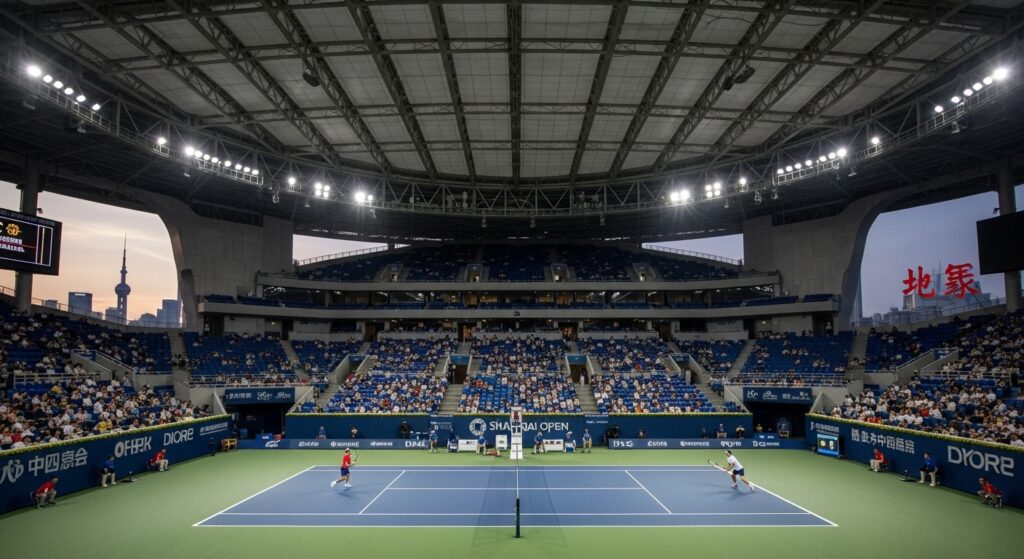
Bring a light jacket even on warm days—stadium shade gets chilly. Pack an external battery. Hydrate like you mean it. And budget time for the commute; missing the first three games changes how you see a match. It just does.
| Fan To-Do | Why | My Note |
|---|---|---|
| Arrive for warmups | Spot real form and movement | Five minutes tells you plenty |
| Scout Court 2 | Closer view, cleaner reads | Great for studying returns |
| Night match layers | Temp swing and wind shifts | Comfort = sharper focus |
| Rewatch break points | Patterns pop under pressure | Ignore crowd noise |
History footnotes people forget
I still run into fans who think the “old” city tournament is the same as today’s Masters event. It isn’t. That earlier one, the smaller tour stop, has its own history page, and that lineage matters for venue, draw size, and vibe. If you’re nerdy like me, skim the Shanghai Open (tennis) page sometime and spot the venue differences.
Style shifts by era
Early years leaned more serve-dominant. As strings and return tactics evolved, you see more breaks from smart positioning. It’s not about power creep. It’s about precision and early contact.
What I actually watch for live
- Depth on the backhand wing: If it lands near the baseline, the forehand blooms.
- Second-serve speeds: Any drop of 10–12 km/h under stress is a red flag.
- Return contact point: Early = control. Late = defense.
- Body language at towel: Tiny tells, huge outcomes.
Common myths I hear every year
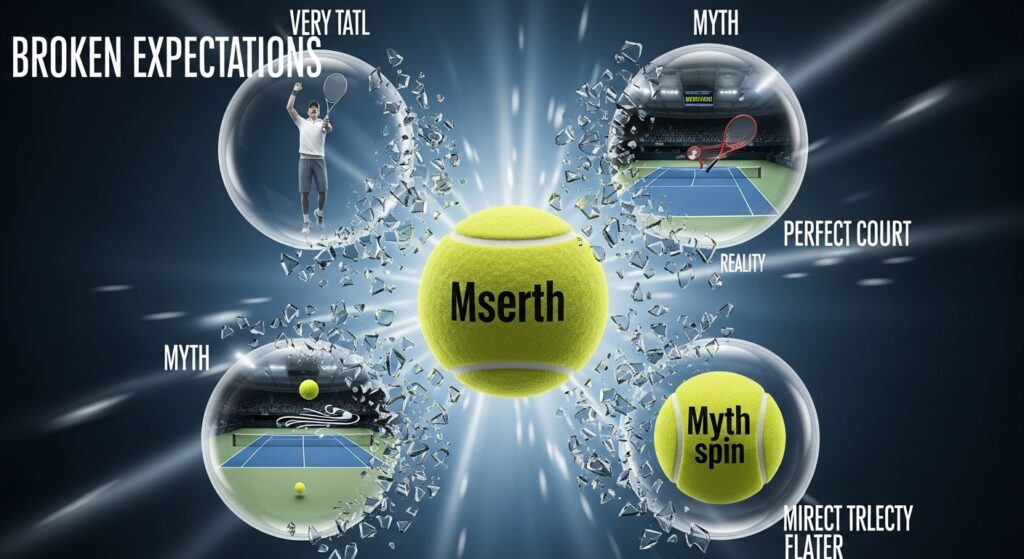
“Big servers always win here.”
Nope. They get freebies, but returners flip games fast on this court when the ball sits up just enough.
“It’s basically indoors.”
Also no. The weather has moods. Wind and humidity matter, especially at night.
“Spin wins everything in Asia.”
Not here. Spin helps set up, but the strike has to be flatter to finish points.
Sample one-day plan if you’re going
- 9:30 a.m. – Arrive, coffee, watch warmups courtside.
- 12:00 p.m. – First match, track second-serve speeds.
- 2:30 p.m. – Outer courts scouting, note who’s foot-sliding cleanly.
- 5:30 p.m. – Food, rewatch break points on your phone.
- 7:00 p.m. – Night match, layer up, expect longer rallies.
Mini “who benefits” cheat sheet
| Condition | Edge | Why |
|---|---|---|
| New balls | Big first-strikers | Extra pop, lower contact time |
| Humid night | Returners | Ball slows, more looks at second serves |
| Windy day | Footwork nerds | Stable base > huge forehands |
| Back-to-back matches | Fitter mid-seeds | Schedule tax punishes stars too |
One last thing I’ll say
If someone tells you they can “feel” the champion by Tuesday, smile politely. This tournament loves a late surge. I’ve seen players look meh for two rounds, then catch a rhythm and bulldoze the draw. That’s the fun part. That and the noodles after midnight.
FAQs
Is the Shanghai Masters the same as the old city tournament people call the “Open”?
The modern Masters is a bigger event at a different venue. The older city event was smaller and played at a different site.
What style wins most often on these courts?
Aggressive baseliners and sharp returners. Flat, early contact pays the bills.
Day or night session for faster play?
Day is a touch faster. Night looks cooler but plays a bit slower, especially if it’s humid.
Are big servers auto-picks here?
Not auto. They help themselves, sure, but return pressure swings sets fast at this event.
What should I watch to learn real patterns?
Rewatch only the break points. You’ll see serve placement, returns, and the exact rally shapes that matter.

I’m Oliver Scott, and I live to bring every sports moment to life. Get breaking multi-sport news, in-depth match highlights, fantasy tips, athlete spotlights, and the latest trends right here.
